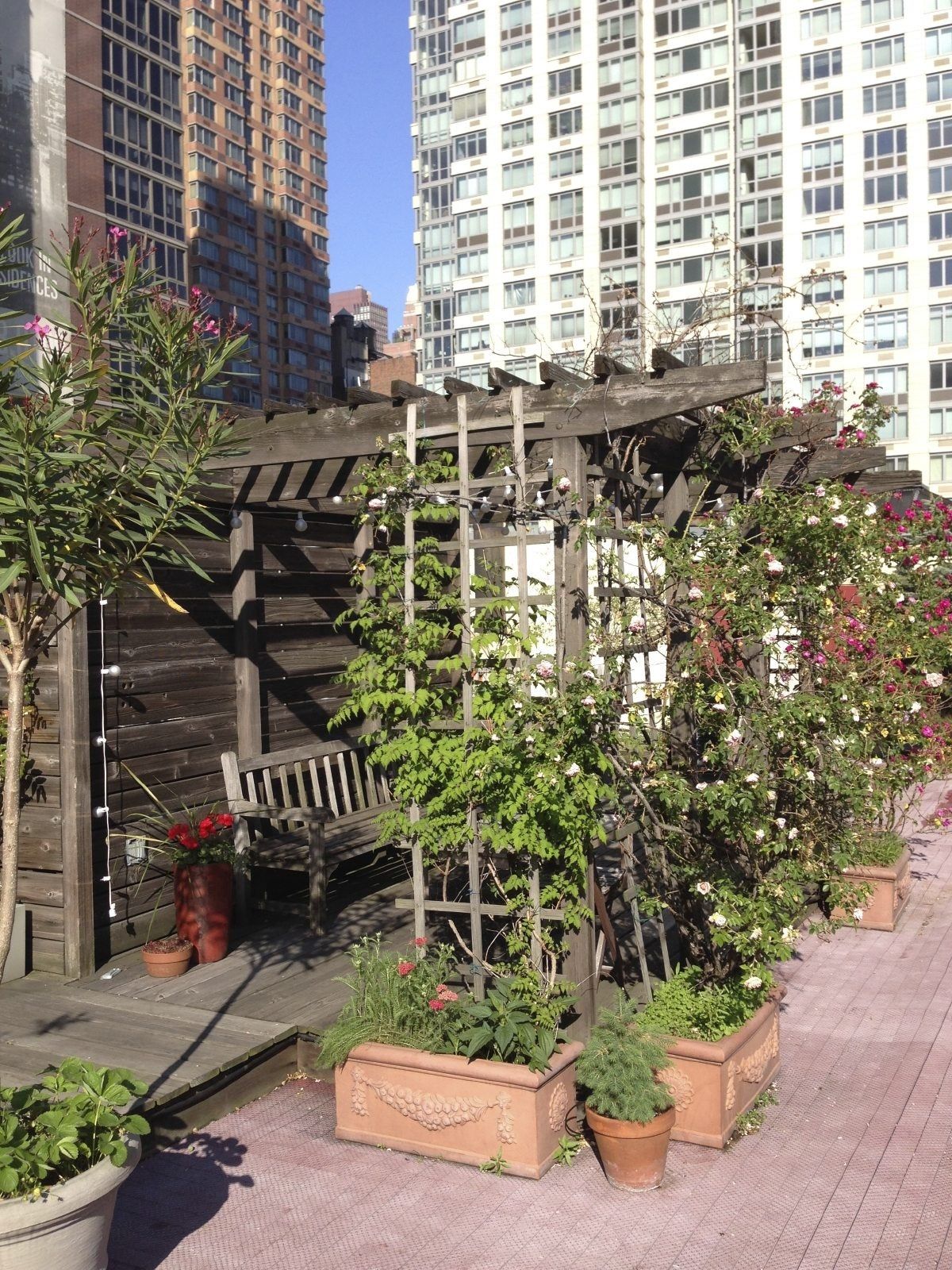The 4-Minute Rule for City Blooming
The 4-Minute Rule for City Blooming
Blog Article
Indicators on City Blooming You Should Know
Table of ContentsAn Unbiased View of City BloomingExcitement About City Blooming7 Easy Facts About City Blooming ShownNot known Incorrect Statements About City Blooming The Best Strategy To Use For City Blooming
Fascinated in growing food available in the City of Chicago? Thinking of beginning a neighborhood garden? Changes to the Chicago Zoning Statute enable agricultural usages like area gardens and urban farms in numerous parts of the city. Below is a checklist of frequently asked inquiries relating to the regulations and guidelines that farmers ought to think about when planning a metropolitan agriculture project.
The zoning modification does not modify any various other codes taking care of composting, building authorizations, acquiring or renting City owned property, service licenses or environmental contamination. There are existing codes that control these issues and they continue to be in full result and may be relevant to your job. Community gardens are normally owned or handled by public entities, public organizations or community-based organizations and preserved by volunteers.
Urban farms expand food that is meant to be marketed, either on a not-for-profit or for-profit basis. Because of their business function, urban ranches require a business permit. Yes. A neighborhood garden is allowed to offer excess produce that was expanded on site if the sales are accessory or secondary to the yard's primary function explained over.
City Blooming Things To Know Before You Buy
The quantity of garden compost material can not exceed 25 cubic yards at any provided time according to the criteria in 7-28-715 of the City's Municipal Code. Due to the fact that the soil at the majority of brand-new garden websites requires changing, compost, soil, wood chips, or other products can be obtained to create or enhance the growing area.

If a structure license is required after that the hoophouse will be considered an accessory building. You can learn even more regarding the structure license requirements by contacting the Division of Buildings. The 25,000-square-foot dimension limit is meant to avoid a solitary neighborhood garden from controling a provided block or diminishing the block's existing household or business personality.
The limit does not relate to yards located in Public Open Room (POS) areas. Can there be greater than one neighborhood garden that is 25,000 square feet on a single block? Yes. The size limitation puts on individual yards, not to individual blocks. No. Secure fencing is not needed, however, gardens that have huge parking lot might be required to install fence or other landscaping attributes.
The Greatest Guide To City Blooming
B1 & B2 districts call for that all commercial use tasks be conducted inside your home. Is fence needed for urban farms? Fencings may be called for, along with landscaping and testing, for particular car park areas and outdoor work or storage areas depending on area and the certain activity taking area.
Yes. Urban ranches need building authorizations and zoning approvals before building. Various other kinds of city evaluation may be required relying on details structures, activities, dimension, landscaping, licensing, public health and stormwater management concerns. Most of these requirements are determined in the job design or allowing procedure, however, the applicant may be liable to separately identify particular licenses or permits that may be called for.
Yes. The sort of certificate my company is established by what is occurring at the site. The Division of Organization Matters and Customer Defense can help establish the particular type of service license that's needed. Yes. Off street car park is needed for the majority of commercial tasks in Chicago. The called for variety of vehicle parking rooms is based upon the variety of workers servicing website and not the square video of the growing room.
Some Ideas on City Blooming You Should Know

A metropolitan farm can market compost material produced on website, nevertheless, the procedure needs to abide with the policies in 7-28-715 of the Chicago Municipal Code. Aquaponic systems are enabled indoors on urban farms in numerous zoning districts.
Approximately 5 hives or swarms of honey may be maintained as an accessory usage. However, beekeepers have to sign up with the Illinois Division of Farming. For more details regarding the recommended zoning amendment you may contact the Department of Housing and Economic Advancement, Bureau of Preparation and Zoning at 312.744.8563.
Farming in cities and urban areas A city ranch in Chicago. Urban farming describes numerous practices of cultivating. https://www.mixcloud.com/cityblooming/, handling, and dispersing food in city locations. The term likewise uses to the location activities of animal husbandry, tank farming, beekeeping, and cultivation in an urban context. Urban agriculture is differentiated from peri-urban farming, which takes location in country areas at the edge of suburbs.
City Blooming Things To Know Before You Buy
, that seek to form social networks established on a common ethos of nature and neighborhood holism. These networks can develop by means of formal institutional assistance, coming to be incorporated into neighborhood town preparation as a "transition town" activity for sustainable city development.
The much more straight accessibility to fresh vegetable, fruit, and meat products that might be become aware via metropolitan agriculture can improve food safety and food safety while reducing food miles, leading to reduced greenhouse gas emissions, therefore adding to environment modification reduction. Several of the first proof of urban farming originates from Mesopotamia.
Report this page